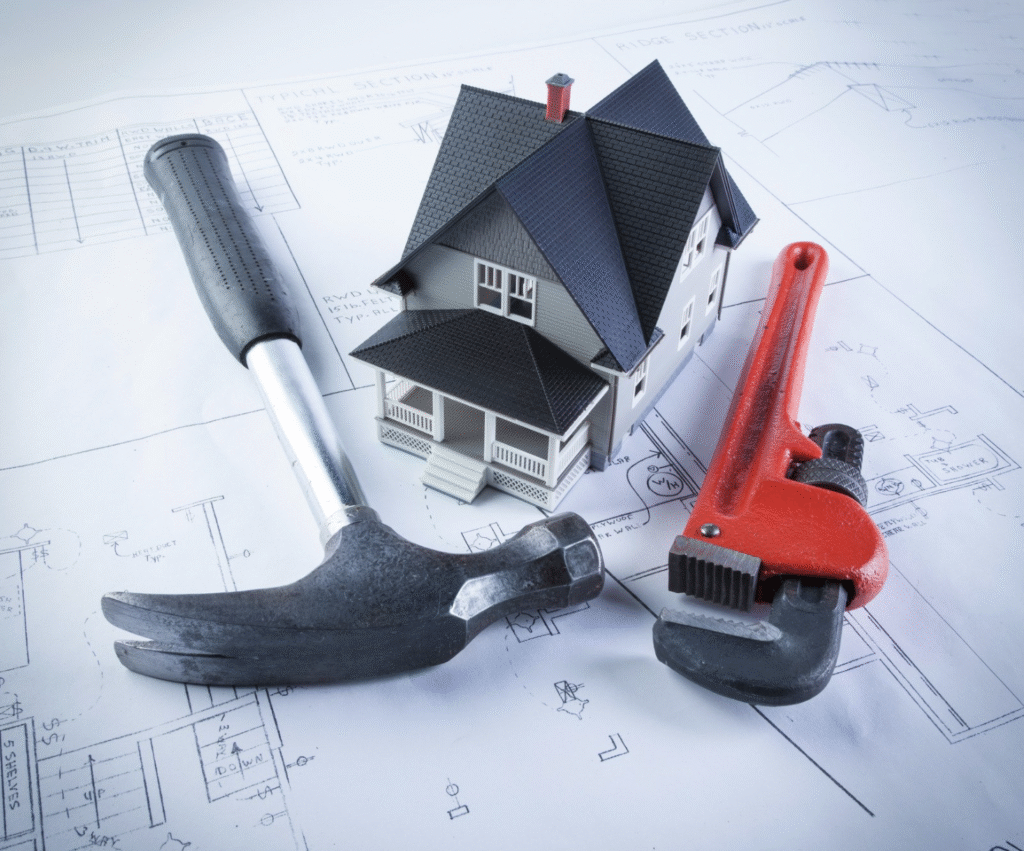Tariffs, world unrest, inflation, politics, actual ticks – things are going to happen, but people still want to finish their basements.
A common question that comes up in financial plans is, “How can I pay for my house improvements without derailing my retirement/college goals?”
Here are a few ideas:
- Savings: Using your own cash is often the least expensive option since you avoid interest and new debt, but it may take time to build up enough funds and could delay your project.
- And the longer you delay the project, the more it will cost.
- Home Improvement Loan (Personal Loan): These unsecured loans can provide quick funding for renovations without using your home as collateral. Approval and rates depend on your credit and income, and you repay in fixed monthly installments.
- Home Equity Products (Home Equity Loan or HELOC): These allow you to borrow against your home’s equity, typically at lower interest rates than unsecured loans. A home equity loan provides a lump sum, while a HELOC offers a revolving line of credit.
- This is more flexible than the Home Improvement Loan, but the interest rate is not fixed.
- Sell non-retirement investments: This could make sense if HELOC or Personal Loan rates are 7%-8%, that is not a small amount. There is no guarantee your investments will do better than your loan interest.
- If you sell investments for a gain, you will owe capital gains taxes, which makes this more expensive money than say, savings account money.



